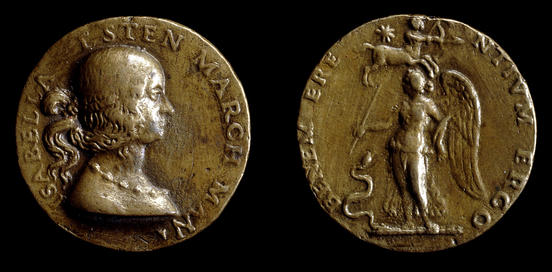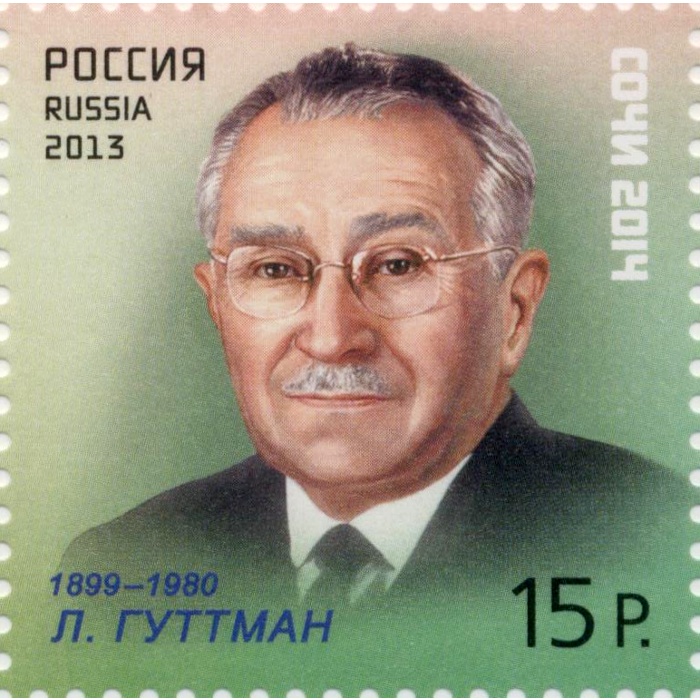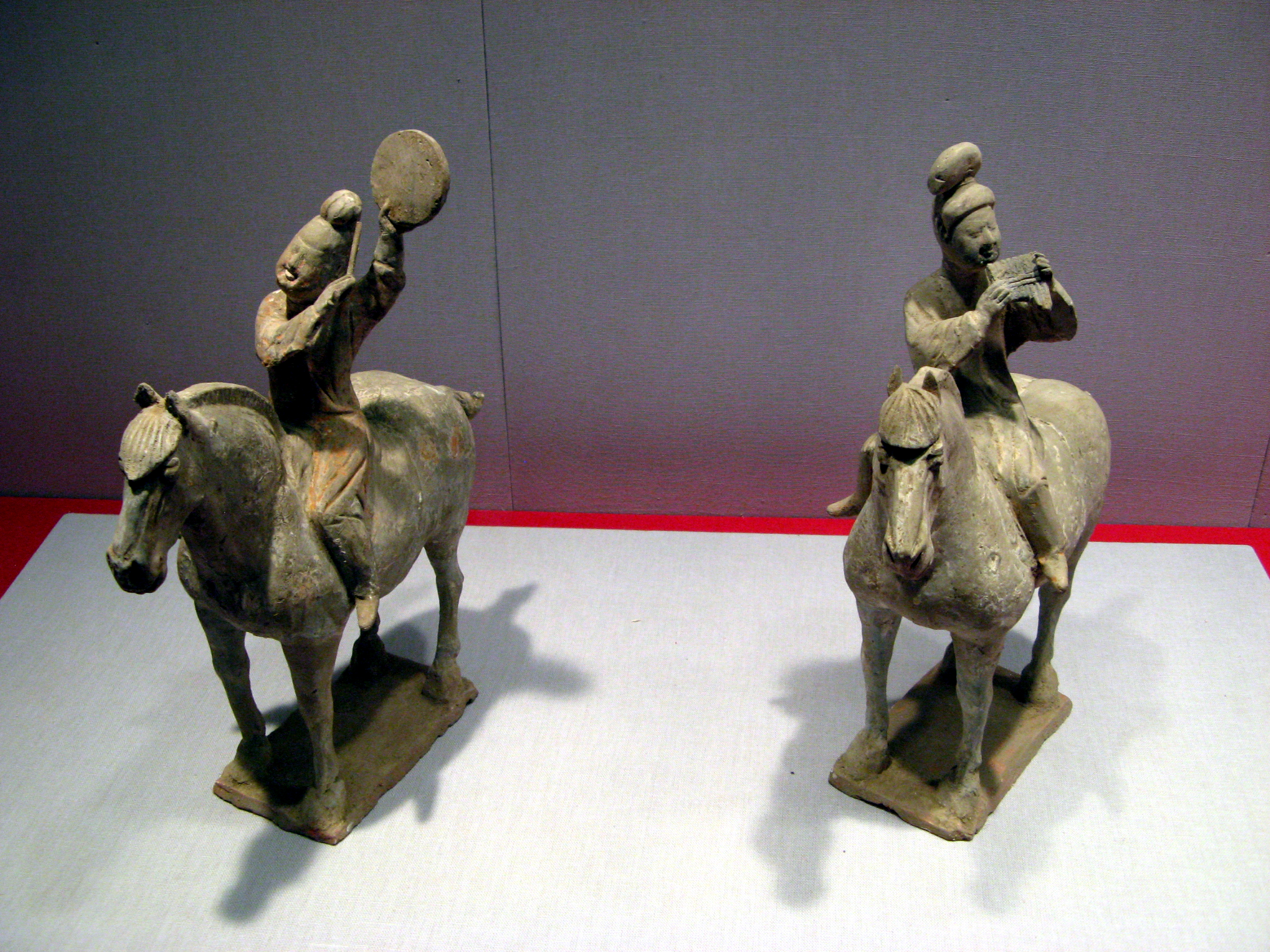|
Jan Pike
Jan Pike ' (born 10 February 1952) is a Paralympic equestrian competitor from Australia. She was born in Sydney. Pike won a bronze medal at the 2004 Summer Paralympics, 2004 Athens Games in the Mixed Dressage – Freestyle grade I event and a silver medal in the Mixed Dressage – Championship grade I event. Her horse for these events was named Dr Doulittle. She was also a member of the Australian Paralympic Team at the 2008 Summer Paralympics, the equestrian events of which were held in Hong Kong. She is an Honorary Life member of Equestrian Australia. In June 2021, she was awarded Medal of the Order of Australia (OAM) for service to people with disability. Introduction to horseriding Pike, who has quadriplegic cerebral palsy, only started riding at the age of 27 when she took up the sport with Riding for the Disabled NSW and says, "The first time I sat in the saddle and experienced the freedom of movement I fell in love. While riding with RDA NSW, she competed in several St ... [...More Info...] [...Related Items...] OR: [Wikipedia] [Google] [Baidu] |
Medalists At The 2004 Summer Paralympics
A medal or medallion is a small portable artistic object, a thin disc, normally of metal, carrying a design, usually on both sides. They typically have a commemorative purpose of some kind, and many are presented as awards. They may be intended to be worn, suspended from clothing or jewellery in some way, although this has not always been the case. They may be struck like a coin by dies or die-cast in a mould. A medal may be awarded to a person or organisation as a form of recognition for sporting, military, scientific, cultural, academic, or various other achievements. Military awards and decorations are more precise terms for certain types of state decoration. Medals may also be created for sale to commemorate particular individuals or events, or as works of artistic expression in their own right. In the past, medals commissioned for an individual, typically with their portrait, were often used as a form of diplomatic or personal gift, with no sense of being an award ... [...More Info...] [...Related Items...] OR: [Wikipedia] [Google] [Baidu] |
Sportswomen From New South Wales
Women and girls have participated in sports, physical fitness, and exercise throughout history. However, the extent of their involvement has varied depending on factors such as country, time, geographical location, and level of economic development (Coakley, 2009; Hargreaves, 1994). The modern era of organized sports, with structured competitions and formalized activities, did not fully emerge for either women or men until the late industrial age (Cahn, 1994). This shift marked a significant change in how sports were structured and practiced, eventually leading to more inclusive opportunities for female participation (Eitzen, 2009). Until roughly 1870, women's activities tended to be informal and recreational in nature, lacked rules codes, and emphasized physical activity rather than competition.Gerber, E.W., Felshin, J., Berlin, P., & Wyrick, W. (Eds.). (1974). The American woman in sport. Reading, MA: Addison-Wesley. Today, women's sports are more sport-specific and have dev ... [...More Info...] [...Related Items...] OR: [Wikipedia] [Google] [Baidu] |
Equestrians From Sydney
Equestrianism (from Latin , , , 'horseman', 'horse'), commonly known as horse riding (Commonwealth English) or horseback riding (American English), includes the disciplines of riding, driving, and vaulting. This broad description includes the use of horses for practical working purposes, transportation, recreational activities, artistic or cultural exercises, and competitive sport. Overview of equestrian activities Horses are trained and ridden for practical working purposes, such as in police work or for controlling herd animals on a ranch. They are also used in competitive sports including dressage, endurance riding, eventing, reining, show jumping, tent pegging, vaulting, polo, horse racing, driving, and rodeo (see additional equestrian sports listed later in this article for more examples). Some popular forms of competition are grouped together at horse shows where horses perform in a wide variety of disciplines. Horses (and other equids such as mules) are used for non-c ... [...More Info...] [...Related Items...] OR: [Wikipedia] [Google] [Baidu] |
Scouting And Guiding In Australia
Scouting or the Scout Movement is a youth movement which became popularly established in the first decade of the twentieth century. It follows the Scout method of informal education with an emphasis on practical outdoor activities, including camping, woodcraft, aquatics, hiking, backpacking and sports. A widely recognized movement characteristic is the Scout uniform, by intent hiding all differences of social standing and encouraging equality, with neckerchief (known as a scarf in some countries) and (originally) a campaign hat or comparable headwear. Distinctive insignia include the fleur-de-lis as well as merit badges or patches. In some countries, Girl Guides organizations, using a trefoil insignia, exist for girls to carry-out scout training. Other programs for children who are too young to be Scouts and take the Scout Promise, such as Wolf Cubs or Cubs (launched in 1916), and for those who are too old to be Scouts, such as Rovers (launched in 1918), are sometime ... [...More Info...] [...Related Items...] OR: [Wikipedia] [Google] [Baidu] |
Girl Guiding And Girl Scouting
A Girl Guide or Girl Scout is a member of a section of some Guiding organisations who is between the ages of 10 and 14. Age limits are different in each organisation. Girl Scouts and Girl Scout organizations already existed in Britain and other Commonwealth countries when Robert Baden-Powell founded The Girl Guides Association in 1910. There are many Girl Scouts organizations, e.g. the British Girl Scouts and Girl Scouts of the USA. The two terms are used synonymously within this article. Girl Guides are organised into units/troops averaging 15–30 girls under guidance of a team of leaders. Units subdivide into patrols of about six Guides and engage in outdoor and special interest activities. Units may affiliate with national and international organisations. Some units, especially in Europe, have been co-educational since the 1970s, allowing boys and girls to work together as Scouts. There are other programme sections for older and younger girls. Foundation Following ... [...More Info...] [...Related Items...] OR: [Wikipedia] [Google] [Baidu] |
Paralympic Medalists In Equestrian
The Paralympic Games or Paralympics is a periodic series of international multisport events involving athletes with a range of disabilities. There are Winter and Summer Paralympic Games, which since the 1988 Summer Olympics in Seoul, South Korea, have been held shortly after the corresponding Olympic Games. All Paralympic Games are governed by the International Paralympic Committee (IPC). The Paralympics began as a small gathering of British World War II veterans in 1948. The 1960 Games in Rome drew 400 athletes with disabilities from 23 countries, as proposed by doctor Antonio Maglio. Currently it is one of the largest international sporting events: the 2020 Summer Paralympics featuring 4,520 athletes from 163 National Paralympic Committees. Paralympians strive for equal treatment with non-disabled Olympic athletes, but there is a large funding gap between Olympic and Paralympic athletes. The Paralympic Games are organized in parallel with and in a similar way to the Olympic ... [...More Info...] [...Related Items...] OR: [Wikipedia] [Google] [Baidu] |
Australian Female Equestrians
Australian(s) may refer to: Australia * Australia, a country * Australians, citizens of the Commonwealth of Australia ** European Australians ** Anglo-Celtic Australians, Australians descended principally from British colonists ** Aboriginal Australians, indigenous peoples of Australia as identified and defined within Australian law * Australia (continent) ** Indigenous Australians * Australian English, the dialect of the English language spoken in Australia * Australian Aboriginal languages * ''The Australian'', a newspaper * Australiana, things of Australian origins Other uses * Australian (horse), a racehorse * Australian, British Columbia, an unincorporated community in Canada See also * The Australian (other) * Australia (other) * * * Austrian (other) Austrian may refer to: * Austrians, someone from Austria or of Austrian descent ** Someone who is considered an Austrian citizen * Austrian German dialect * Something associated with the countr ... [...More Info...] [...Related Items...] OR: [Wikipedia] [Google] [Baidu] |
1952 Births
Events January–February * January 26 – Cairo Fire, Black Saturday in Kingdom of Egypt, Egypt: Rioters burn Cairo's central business district, targeting British and upper-class Egyptian businesses. * February 6 ** Princess Elizabeth, Duchess of Edinburgh, becomes monarch of the United Kingdom of Great Britain and Northern Ireland and the British Dominions: Canada, Australia, New Zealand, Union of South Africa, South Africa, Dominion of Pakistan, Pakistan and Dominion of Ceylon, Ceylon. The princess, who is on a visit to Kenya when she hears of the death of her father, King George VI, aged 56, takes the regnal name Elizabeth II. ** In the United States, a Artificial heart, mechanical heart is used for the first time in a human patient. *February 7 – New York City announces its first crosswalk devices to be installed. * February 14–February 25, 25 – The 1952 Winter Olympics, Winter Olympics are held in Oslo, Norway. * February 15 – The State Funeral of King Ge ... [...More Info...] [...Related Items...] OR: [Wikipedia] [Google] [Baidu] |
Living People
Purpose: Because living persons may suffer personal harm from inappropriate information, we should watch their articles carefully. By adding an article to this category, it marks them with a notice about sources whenever someone tries to edit them, to remind them of WP:BLP (biographies of living persons) policy that these articles must maintain a neutral point of view, maintain factual accuracy, and be properly sourced. Recent changes to these articles are listed on Special:RecentChangesLinked/Living people. Organization: This category should not be sub-categorized. Entries are generally sorted by family name In many societies, a surname, family name, or last name is the mostly hereditary portion of one's personal name that indicates one's family. It is typically combined with a given name to form the full name of a person, although several give .... Maintenance: Individuals of advanced age (over 90), for whom there has been no new documentation in the last ten ... [...More Info...] [...Related Items...] OR: [Wikipedia] [Google] [Baidu] |
Equestrianism
Equestrianism (from Latin , , , 'horseman', 'horse'), commonly known as horse riding ( Commonwealth English) or horseback riding (American English), includes the disciplines of riding, driving, and vaulting. This broad description includes the use of horses for practical working purposes, transportation, recreational activities, artistic or cultural exercises, and competitive sport. Overview of equestrian activities Horses are trained and ridden for practical working purposes, such as in police work or for controlling herd animals on a ranch. They are also used in competitive sports including dressage, endurance riding, eventing, reining, show jumping, tent pegging, vaulting, polo, horse racing, driving, and rodeo (see additional equestrian sports listed later in this article for more examples). Some popular forms of competition are grouped together at horse shows where horses perform in a wide variety of disciplines. Horses (and other equids such as mules ... [...More Info...] [...Related Items...] OR: [Wikipedia] [Google] [Baidu] |





